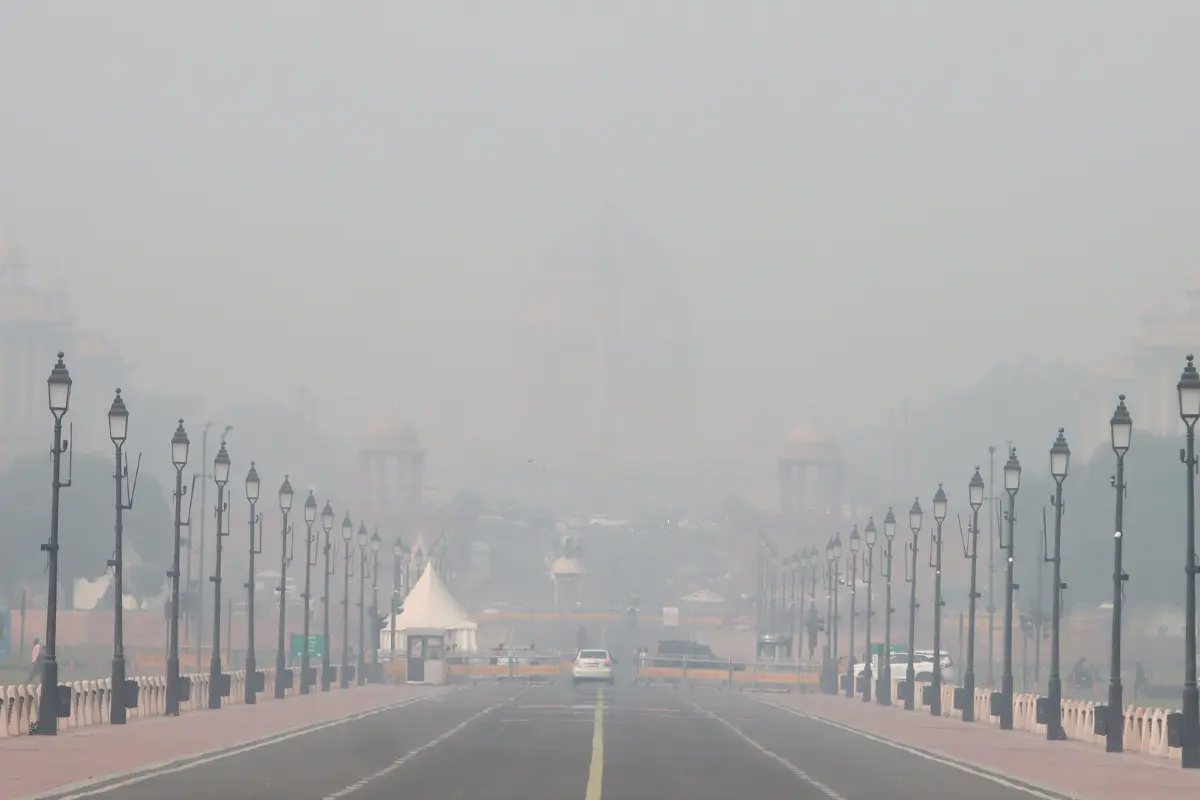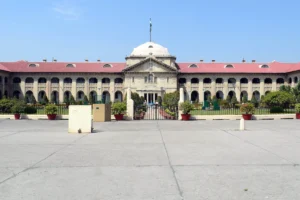
The air quality in Delhi-NCR continues to deteriorate, with the average Air Quality Index (AQI) soaring to alarming levels.
As of early Tuesday morning, the AQI in Delhi stood at 355, categorized as ‘very poor,’ signaling a persistent environmental crisis across the region.
The Central Pollution Control Board (CPCB) reported that at 7:30 AM, Delhi’s AQI was recorded at 355, with several neighboring cities in the National Capital Region (NCR) also experiencing dangerously high pollution levels.
Faridabad in Haryana reported an AQI of 205, Gurugram was at 234, while Ghaziabad in Uttar Pradesh registered an AQI of 269. Greater Noida and Noida reported readings of 286 and 235, respectively.
Certain pockets of Delhi are facing ‘severe’ levels of pollution, with AQI readings surpassing the 400 mark.
Notable areas such as Anand Vihar (404), Jahangirpuri (418), Mundka (406), Rohini (415), and Wazirpur (424) are among those seeing the most hazardous conditions.
Meanwhile, other locations like Alipur (358), Ashok Vihar (391), and Bawana (393) are reporting AQI levels hovering between 300 and 400, underlining the widespread nature of the crisis.
The CPCB uses a scale to classify AQI levels:
- ‘good’ (0-50),
- ‘satisfactory’ (51-100),
- ‘moderate’ (101-200),
- ‘poor’ (201-300),
- ‘very poor’ (301-400), and
- ‘severe’ (401-450)
Any AQI reading above 450 is classified as ‘severe plus,’ indicating hazardous conditions that pose a serious health risk to the public.
In an effort to mitigate the air quality crisis, the Commission for Air Quality Management (CAQM) has rolled out several emergency measures, including the implementation of the Graded Response Action Plan (GRAP).
This includes stricter penalties for construction sites, industries, and vehicles that fail to comply with pollution control guidelines.
Authorities Deploy 600+ Machines To Control Road Dust & Air Pollution In Delhi-NCR
Meanwhile, authorities are deploying over 600 mechanical road-sweeping machines, water sprinklers, and anti-smog guns across Delhi and NCR to control road dust and reduce particulate matter in the air.
In addition, the Delhi government has launched a comprehensive Winter Action Plan to tackle the escalating pollution levels.
Environment Minister Gopal Rai announced a month-long anti-open burning campaign, which began on 6 November, aimed at curbing stubble burning, a major contributor to the region’s pollution crisis.
The initiative will be supported by 588 patrolling teams tasked with monitoring construction sites, educating farmers, and discouraging open burning.
Rai also emphasized that the city will implement a 21-point Winter Action Plan, building on the success of last year’s 14-point strategy.
New measures include drone surveillance to monitor pollution sources, enhanced anti-dust campaigns, and the increased use of road-sweeping machines.
Additionally, the Delhi government has taken steps to ensure that security guards on construction sites and other open areas are provided with electric heaters, reducing the temptation to resort to open burning for warmth.
In a bid to tackle the regional aspect of air pollution, the Delhi government has urged neighboring states such as Haryana and Uttar Pradesh to enhance their pollution control efforts, stressing that coordinated action across the region is crucial for improving the overall air quality.
As Delhi and its surrounding areas face one of their worst pollution episodes in recent years, the ongoing efforts to curb the crisis will require cooperation from all sectors, including government agencies, local authorities, and the public, to mitigate the health risks posed by the hazardous air quality.
Also Read: PM Modi Joins Igas Festivities; Extends Wishes For Happiness & Prosperity
To read more such news, download Bharat Express news apps





















